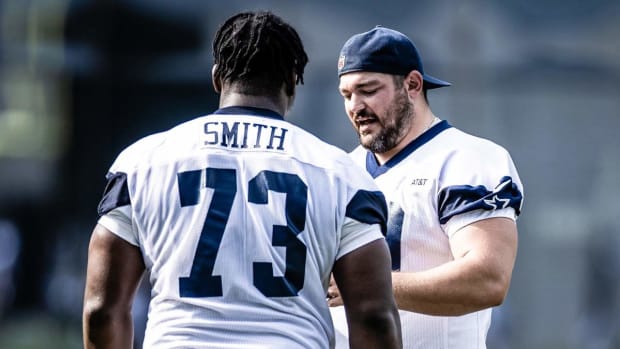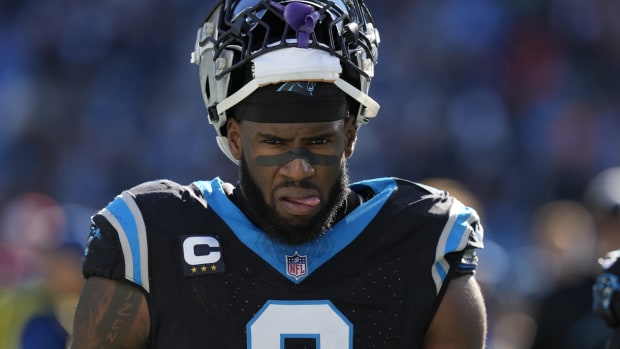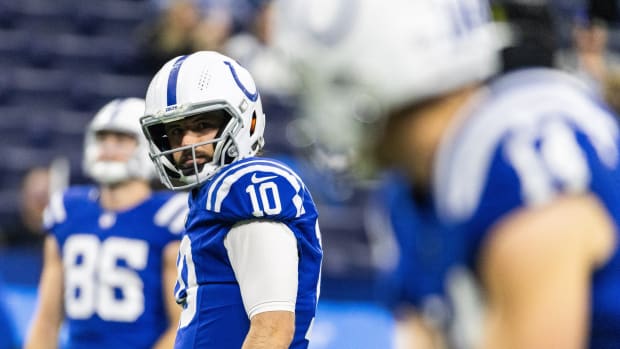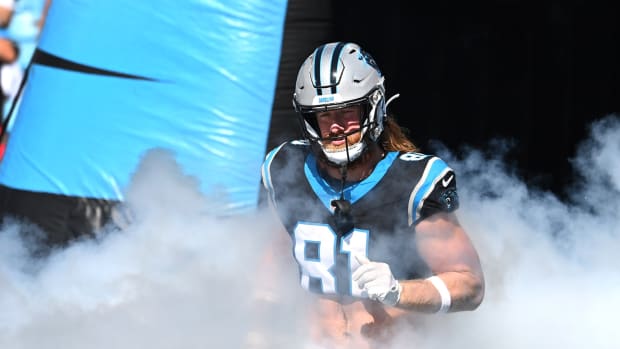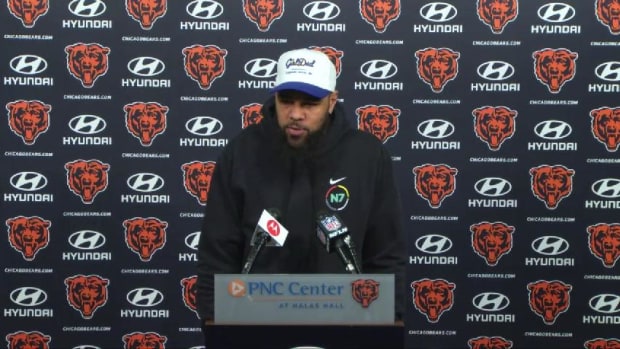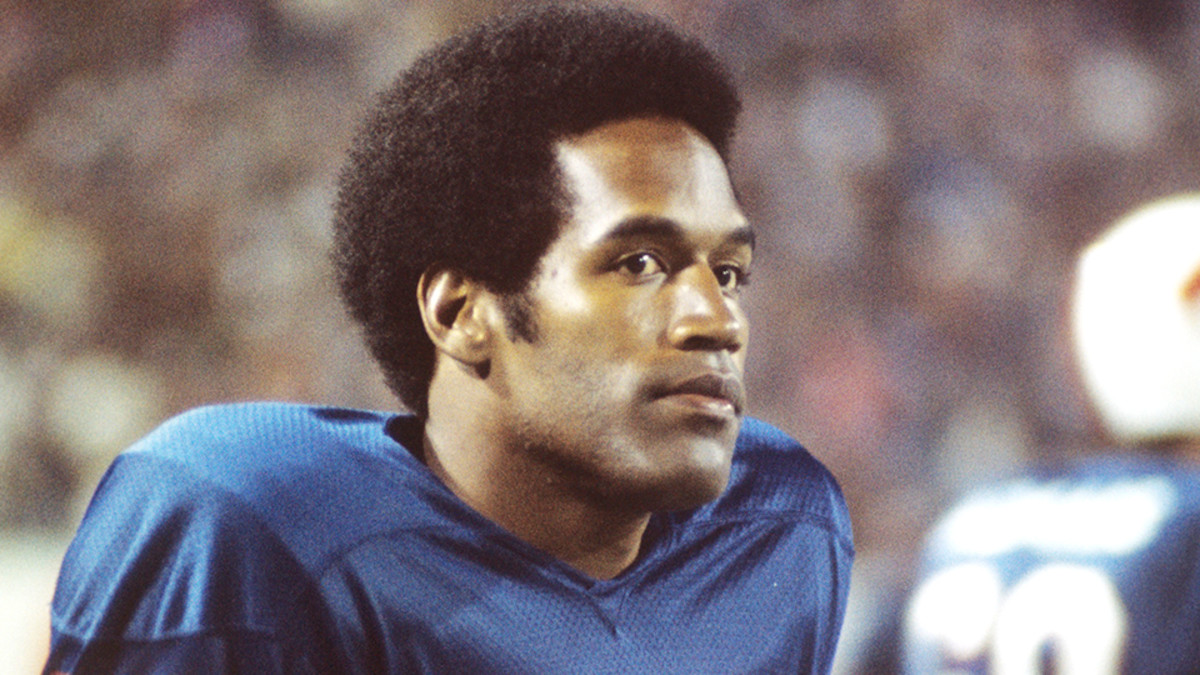
Racial tensions evident as O.J.: Made in America premiere details his rise
Your teams. Your favorite writers. Wherever you want them. Personalize SI with our new App. Install on iOS or Android.
The long-awaited documentary O.J.: Made In America finally premiered on Saturday night. The latest installment of ESPN’s 30 for 30 series has already been hailed as the best one ESPN has produced.
Night one of the five-part series didn’t disappoint, as the opening segment dealt with Simpson’s college and professional football career and forays into his Hollywood life, all set against the backdrop of racial politics of 1960s and ’70s America.
Here are some early takeaways from part one:
1. It’s nearly impossible to watch the documentary and not be frustrated at his lack of participation in any kind of civil rights action. Especially in the wake of the celebration of Muhammad Ali’s life, it was tough to watch Simpson repeatedly shy away from any of the fight for equality during the late 1960s. Of course, it’s easy to look back now and criticize a college-aged Simpson for refusing to leverage his celebrity toward a greater good. Simpson’s lack of action gave me even more respect for Ali, Jim Brown, Bill Russell and Kareem Abdul-Jabbar, who were (at the very least) able to speak about civil issues publicly. Hearing repeatedly that Simpson didn’t want to be seen as black but as “O.J.” was disheartening, but it’s also easy to see why he succumbed instead to the allure of celebrity.
• MORE:Richard Deitsch calls O.J.: Made in America ESPN’s best yet
2. Simpson’s football career was, obviously, no joke. I don’t know if I’d ever seen that many highlights of him before. College tacklers bounced off Simpson like he was a trampoline. Interestingly, the documentary made a point to show Simpson’s humble side during his playing career, with repeated clips of Simpson thanking his teammates after big accomplishments. By the end of the two hours, O.J.’s humility seemed less genuine and more like a part of his calculated persona.
3. Was it required for every news broadcast in the ’60s and ’70s to say “Negroes?” That was cringeworthy every single time.
4. It’s obvious many white people saw Simpson as nothing more than a prop. He could be used to sell things. He could be used to tap into black audiences. And he was “safe,” because you could coach him not to use slang and he was never outspoken about inequality. This feeling toward O.J. and how he could be manipulated by those who ultimately didn’t care about him was perfectly summed up by Fred Levinson, the spots’ director, describing why Simpson was a great choice for a Hertz commercial: “He’s African, but he’s a good looking man. He almost has white features. He wasn’t the typical black look, African look.”
• MORE:Michael McCann revisits the O.J. murder trail before documentary
5. That Hertz commercial was pretty cool, until you find out it was only fit for public consumption because there were only white people in it cheering for O.J.
6. Moving forward, I’m most interested to see how the documentary shifts the racial perception of O.J. by the end of his murder trial. At this point in Simpson’s story, while he’s a role model in the black community, you can sense there is also frustration with his lack of involvement in bigger issues. Simpson’s friends also seemed to grow wary of his celebrity. Meanwhile, white people loved Simpson because he put a friendly face on the racial tensions that were still bubbling underneath the surface of American society.
7. The best quote of Part One belonged to Simpson’s friend Joe Bell, who described the women Simpson hung out with socially as not just white women, but “fine white women.”
































